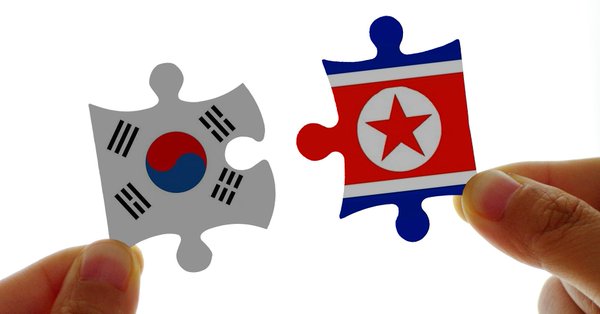“The April 27th summit between North Korean leader Kim Jong-un and South Korean president Moon Jae-in was rife with symbolism. The two leaders shook hands across the demarcation line dividing the Koreas before stepping across it; they sat exactly 2018 millimeters across from each other on a table designed to look like two bridges merging together; and they planted a “unity tree” using soil from Mount Paektu in the North and Mount Halla in the South, then watered the tree with water from both the North’s Daedong River and the South’s Han River.
But the summit was not just symbolic. Concrete—albeit unspecific—commitments were made. A North-South liaison office will be established, separated families will reunite, and there will be a cessation of hostilities—specifically in the Yellow Sea where fatal attacks have occurred as recently as 2010. Most notably, both Koreas vowed to work together to achieve a denuclearized peninsula and to establish an official peace treaty to end the Korean War this year. Such a treaty will require an American cosign, as the 1953 armistice agreement that brought the War to a truce was not signed by South Korea.
The news was dizzying, leaving all who watched in a vertiginous state of skeptical disbelief and hopeful optimism. As developments continue to unfold, there are three essential questions to address in the immediate aftermath…”
Read more at Summit
Read more


